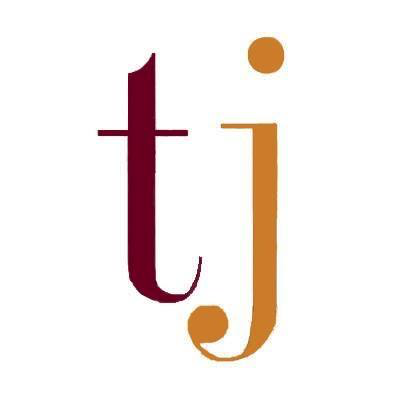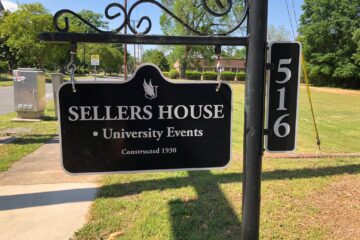South Carolina is ranked 44 in the nation in education, with many underfunded and underperforming schools.
Laura Dawson Ullrich, an employee at the Federal Reserve Bank of Richmond and a economics professor at Winthrop, presented ‘Education Equity, Adequacy and Justice,’ a presentation about school funding on Tuesday, Feb. 5. Funding for school mainly comes from “state and local governments” with each state taxing differently, Ullrich said.
In South Carolina there is an income tax, however Act 388 limits how the state taxes properties for schools. In the PowerPoint it was written that “historically local governments collected tax revenue for their local share and states provided school districts with a per student level of spending.” Originally, the state set a value for each student and would give that amount of money based on how many students were in each district.
“A child in Rock Hill would get the same amount as someone in in Mount Pleasant,” Ullrich said.
The problem with that statement is that property tax varies by county, so people in Rock Hill are not paying the same for their house as someone in Mount Pleasant is.
“This left lower income, often minority areas, with less money to fund schools. As a response to this, people started to sue,” Ulrich said.
Ulrich presented a few of the cases that resulted from school funding inequality. In San Antonio Independent School District v. Rodriguez, the argument was that “using property taxes to fund schools disproportionately hurt poor and minority students in Texas, and therefore violated the equal protection clause of the 14th amendment of the U.S. Constitution,” Ulrich wrote in her presentation.
The court ruled in Texas’s favor. The reason for this is “an education is not guaranteed in the constitution,” Ullrich said. However, “all state constitutions mention education,” meaning that the right to an education is a state right, not a federal right.
Ullrich broke down the type of education each state says it will provide. There are four categories that they can fall under: the provision of public schools (16 states), the provision of public schools that reach certain standards (18 states), the provision of public schools that meet more standards and mandates (8 states) and the provision of schools as the “primary” “fundamental” or “paramount” function of the state legislature (8 states).
Ullrich went on to talk about the case Serrano v. Priest. In this case, it was decided that by 1980 the state of California could have no more than $100 in disparities between funding for school districts. “All but five have had lawsuits against schools,” Ullrich said. Hawaii is one of them because it only has one school district and no disparities. At the beginning, “these cases were equity cases,” Ullrich said. People were forming lawsuits because the states were not following their state constitution on the right to education. Then in the late 1980s, there were more adequacy cases. Ullrich says adequacy cases are those where the plaintiff is saying, “what you are giving me is not adequate at all.” Some states have had both types of cases brought against them. In an effort for better funding, some states have started equalization plans, “some states have taken it to the extreme and spends the same amount of money on each district.” However, this does not limit a district from private funding.
LaRaven Temony, a Winthrop alumna who is getting a graduate degree at University of Florida, also spoke about education issues in South Carolina. Temony first brought up the ‘corridor of shame,’ a string of districts in the state that have inadequate and underperforming schools.
“Some schools where there were leaks and places in South Carolina that were being powered by coal,” Temony said.
Temony brought up the 21-year case of Abbeville vs. the State of South Carolina. In 2005 it was ruled that the state did do their part to provide the minimum adequate education. However, in 2014 the court said the state was not doing enough, contrary to the opinion of state leaders.
“They don’t feel that funding is an issue,” Temony said. Temony also brought up how more students are qualifying for the Life Scholarship because of the change in the grading scale. This is a problem because the state is lowering their standards for education, which is not preparing students adequately for their futures.
The problem has gotten so bad that the state has had to step in for some districts. It is also hurting the number of teachers in the state. The average turnover rate for teachers in South Carolina last year was 7.7 percent. Yet the amount of high school graduates is going up because students are not held back if they do not have the skills they need.
Ullrich’s final point was, “look at the full education system not just the shiny new thing.” Our state needs to fix the problems it has created for education not just build a new school in hopes it will distract citizens from the real problems.




